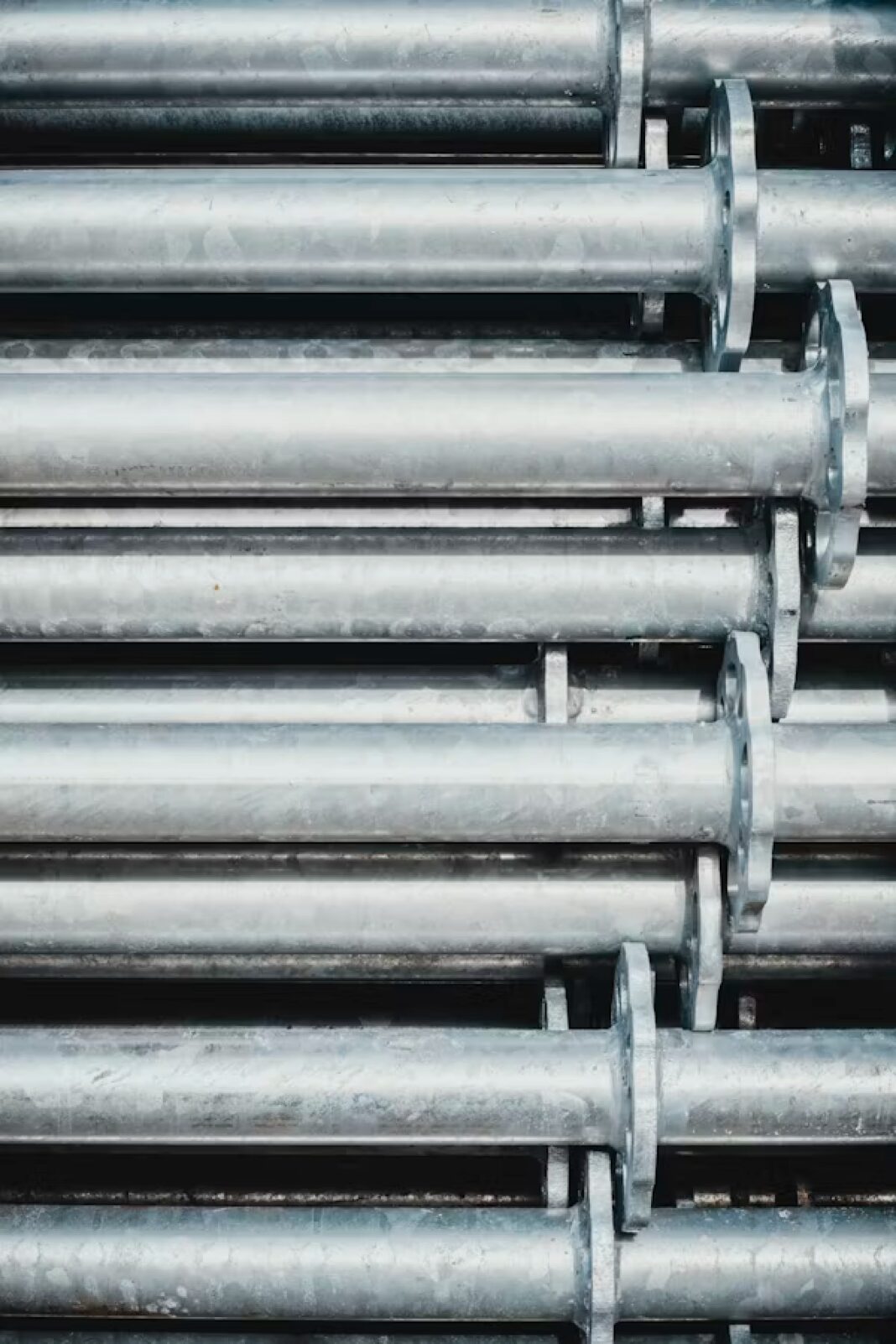Electric arc furnaces (EAFs), which heat materials using an electric arc, are becoming increasingly significant in global steel production. Valued at $800 million in 2022, the global EAF industry is projected to grow to $1.3 billion by 2031.
Historically, EAFs accounted for around 25% of global steel production until 2012. This share grew significantly in subsequent years, reaching 30% (560 million tonnes) of global steel output in 2021. EAFs use a mix of hot metal from blast furnaces, direct reduced iron (DRI), and steel scrap as inputs.
Recent data from March 2023 indicates a substantial shift towards EAF capacity, now comprising 43% of planned steel production capacity. This aligns with the International Energy Agency’s Net Zero by 2050 scenario, which calls for 53% of steelmaking capacity to use EAF technology.
Market research predicts continued growth for the EAF industry, with Transparency Market Research forecasting a market value of $1.3 billion by 2031 and Fatpos Global estimating a rise to $2.45 billion by 2034.
Tata Steel has announced plans to replace its blast furnaces at the Port Talbot plant in the UK with a 3-million-tonne scrap-based EAF, part of a $1.6 billion decarbonisation initiative. Similarly, British Steel and Japan’s JFE Steel and Kobe Steel are also transitioning to EAFs to reduce carbon emissions.
EAFs offer several advantages over traditional blast furnaces, including flexibility in production, efficiency, and lower greenhouse gas emissions. They can use 100% steel scrap or green hydrogen-based sponge iron, making them environmentally friendly.
In Asia, particularly China and India, significant developments are underway. China aims to increase its EAF-based steel production share to 15% by 2025, with a goal of 20% by 2030. India currently produces 28% of its steel through EAFs, with major players like JSW Steel, Jindal Steel and Power, and ArcelorMittal Nippon Steel investing in EAF technology.
India’s National Steel Policy 2017 targets a 35-40% share of steel production through the EAF route by 2030, emphasising the importance of gas/green hydrogen-based DRI and steel scrap.
Overall, the shift towards EAF-based steel production represents a significant move towards more sustainable and efficient steelmaking practices globally.





